I had the "idea" for the pxlDigit_24 after I had built the "pxlDigit". This is a seven-segment digit that can be built using a 3D printed frame and 14 WS2812 LEDs.
At the time, I was bothered by the fact that you can (of course) only show numbers on these seven-segment displays.
What bothered me about it: An ESP8266 or ESP32 is also built into the display, which, thanks to WiFi and Internet, could display all kinds of data. Somehow I found that it should be possible to display more data without losing the retro charm of these old display types.
While looking for a solution to this problem, I stumbled across old 24 segment displays.
With the help of 24 segments per digit, these can represent not only numbers but also letters. So perfect to solve my "problem". :)
Short overview:
Each digit consists of a PCB and a 3D printed diffuser. This unit is then built into one of the possible housings and can thus be combined with other digits. Theoretically, displays with a large number of digits can be built in this way.
The following components can be installed on the PCB:
- ESP32 Wrover-B
- DS3232M RTC
- USB-C connector including programming option
- BME280 climate sensor
- Micro SD card slot
- TSL2591 brightness sensor
- MPR121 touch sensor for up to 12 touch electrodes
- MAX98357 3W I2S DAC (able to play mp3 files via stream or inserted micro SD card)
Of course, the PCB doesn't have to be populated with all of these components. If desired, only the 24 WS2812 LEDs can be soldered. Then these individual digits are simply daisy chained. One ESP32 is enough to control all digits.
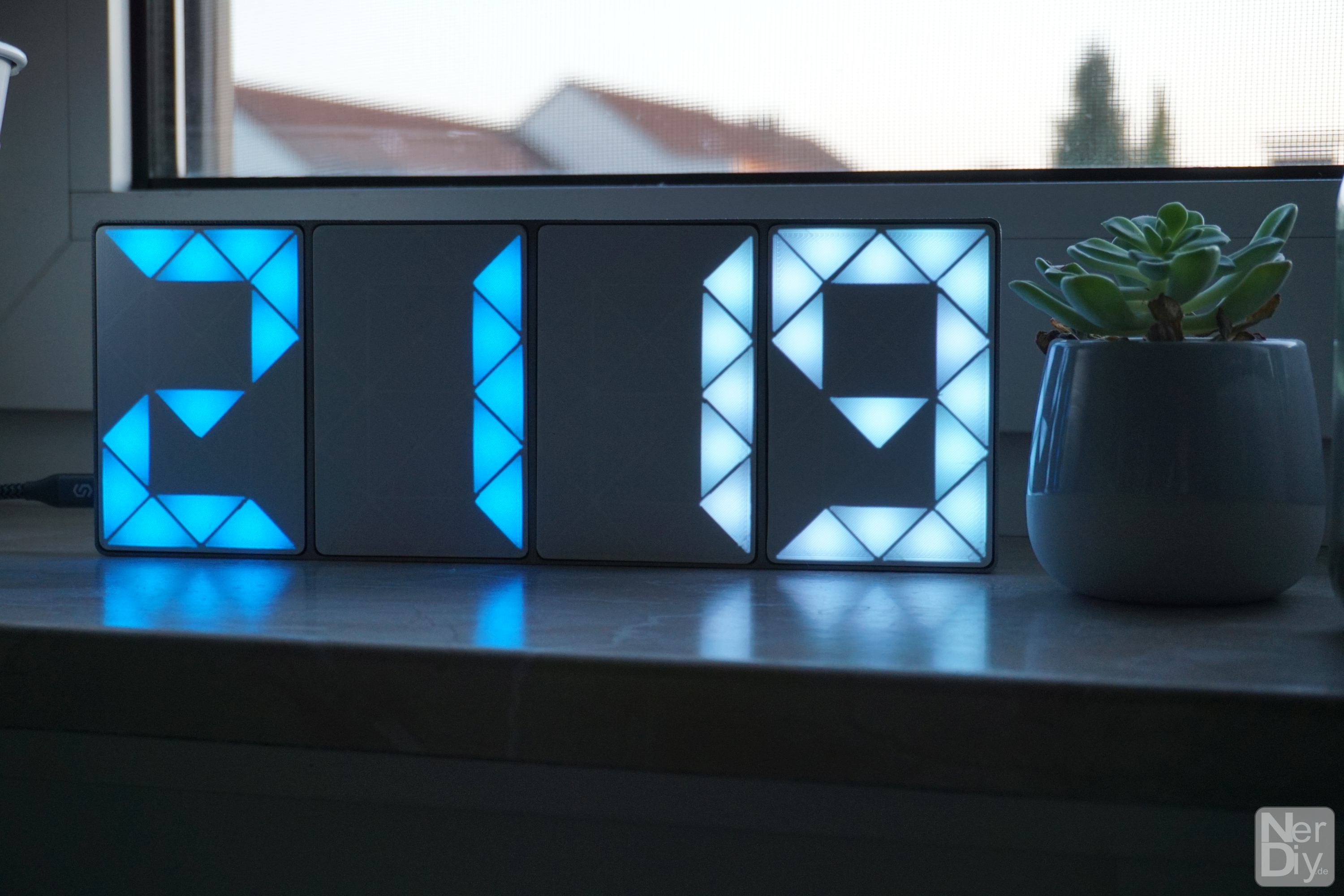
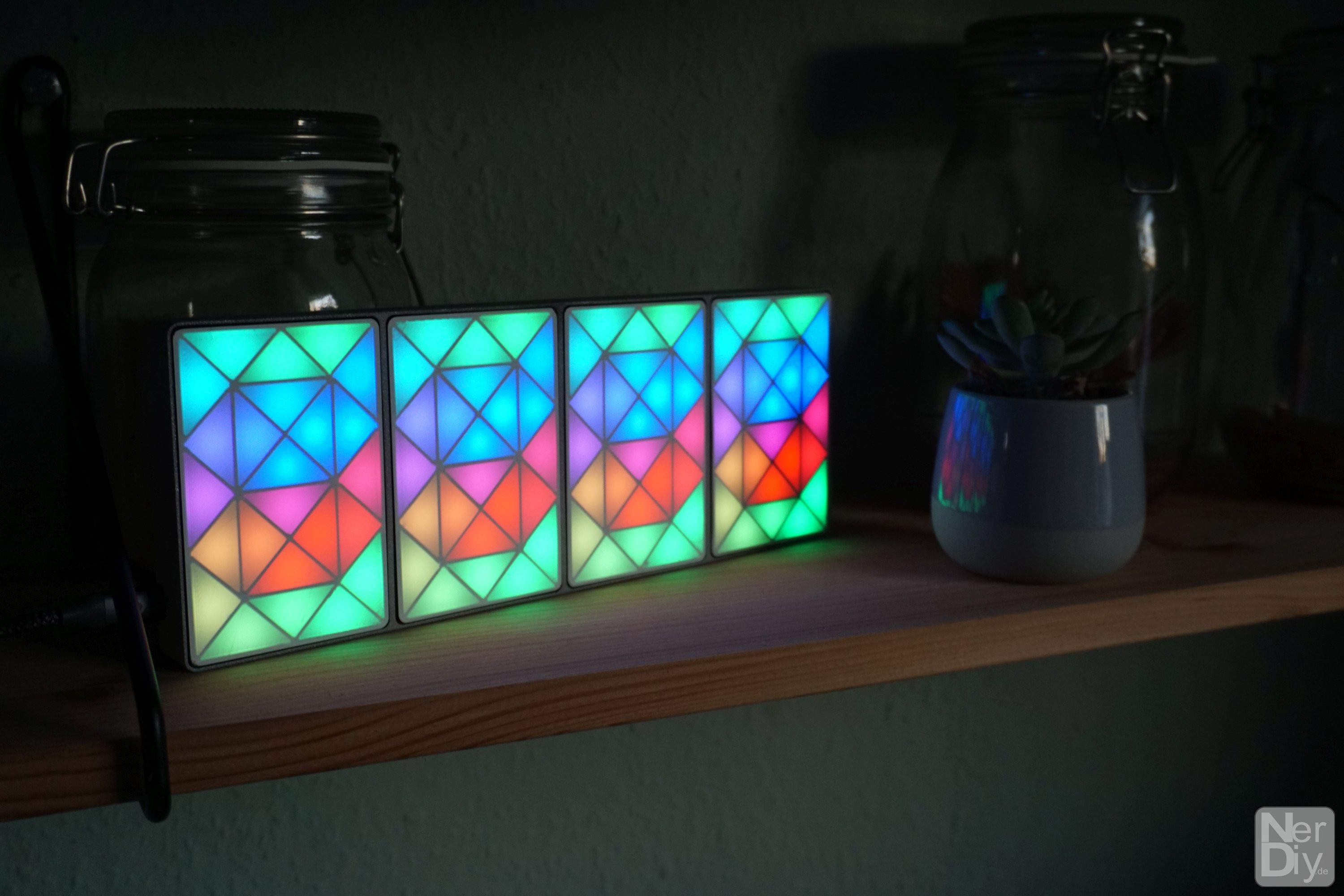
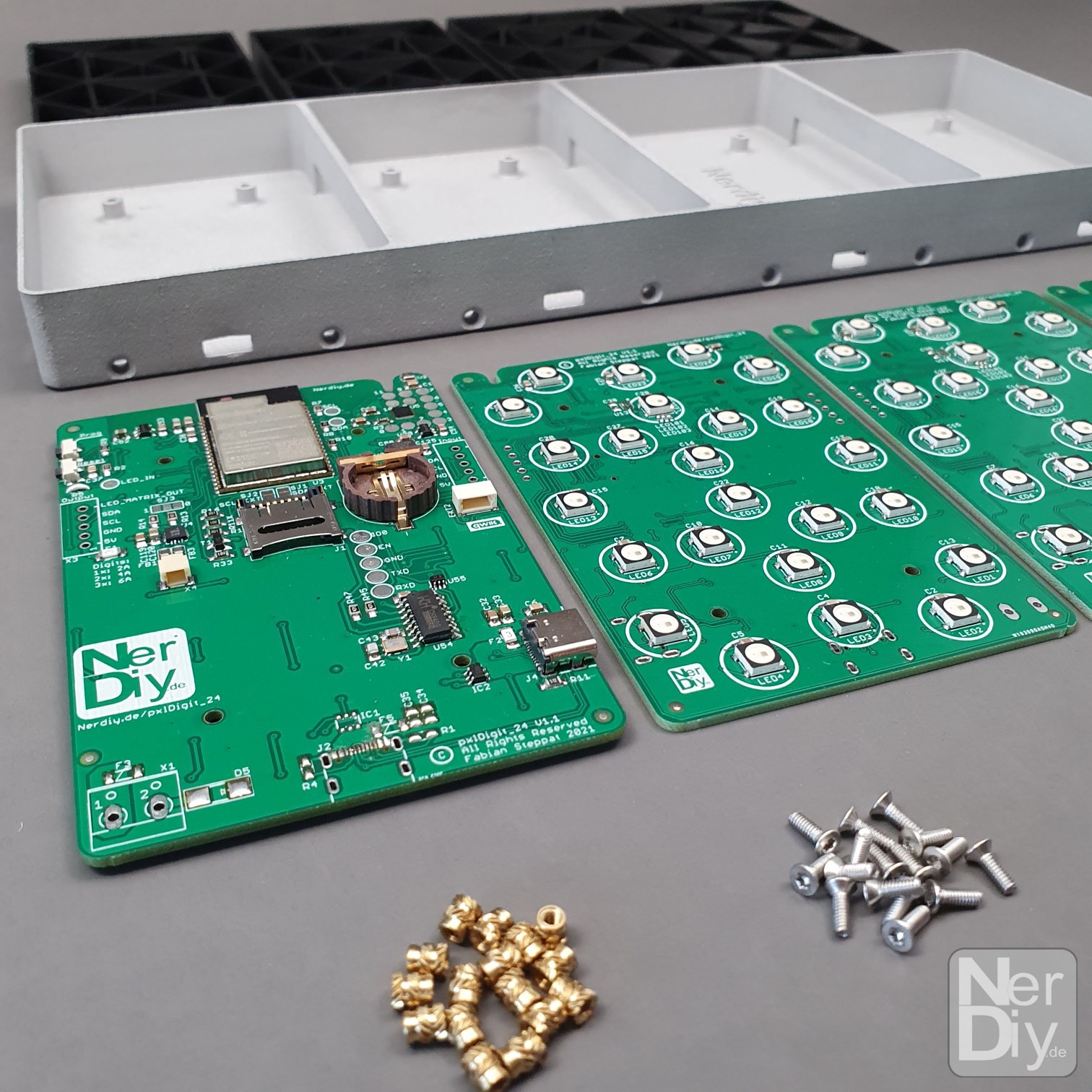
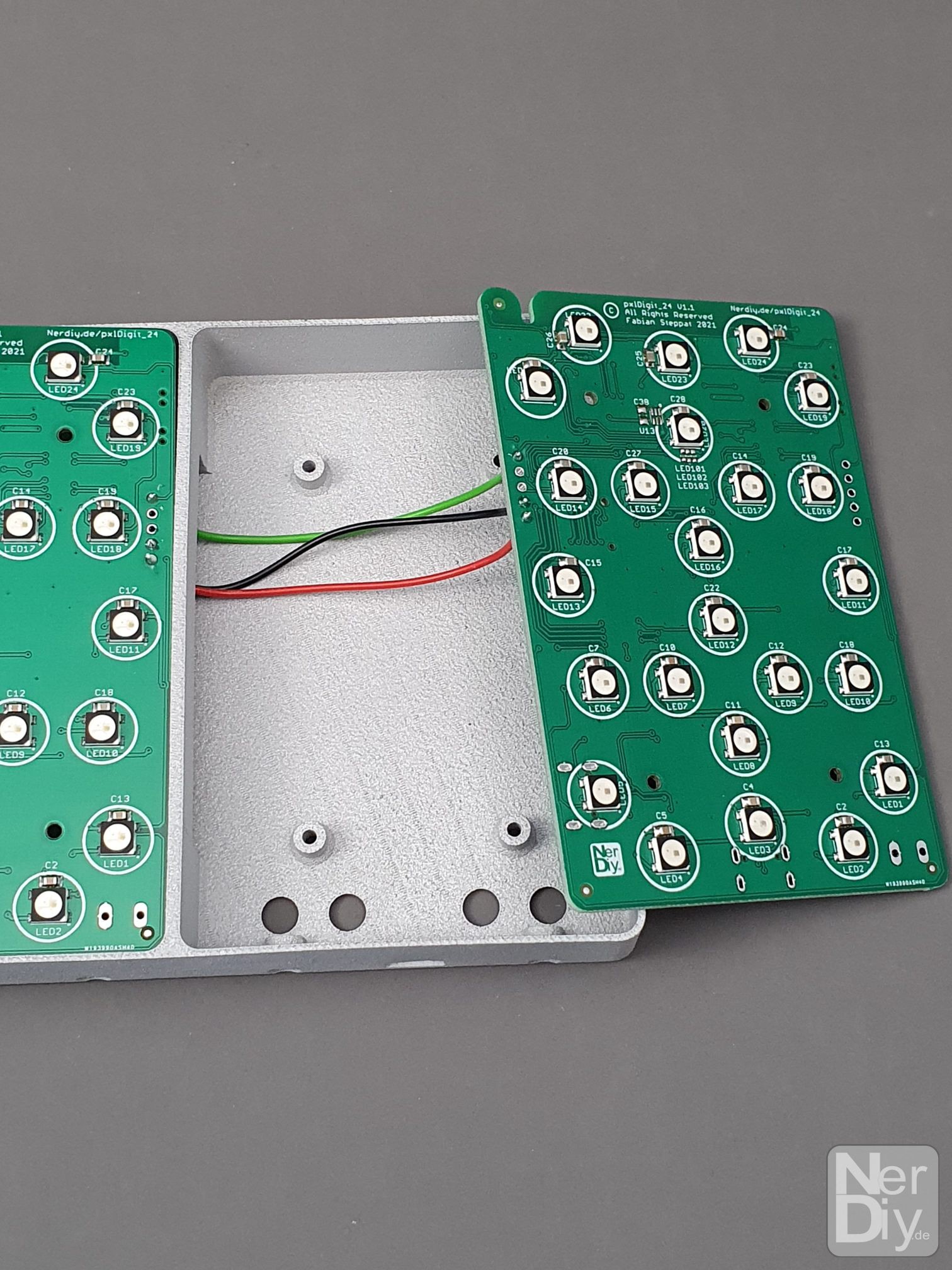
Support:
If you want to support me, you can do so by like on this project page, on Instagram or by donating a coffee. :)
Licenses:
Content that is not based on software/code: Unless otherwise stated, all works presented here that are not based on software/code are subject to the CC BY-NC-SA 4.0 license (attribution – non-commercial – dissemination under the same conditions 4.0 international).
You can find a summary here: https://creativecommons.org/licenses/by-nc-sa/4.0/deed.de
You can find the complete legal text here: https://creativecommons.org/licenses/by-nc-sa/4.0/legalcode.de
Software/code-based works Unless otherwise stated, all software/code-based works presented here are subject to the GNU Affero General Public License v3.0
You can find a summary here: https://tldrlegal.com/license/gnu-affero-general-public-license-v3-(agpl-3.0)#summary
The complete legal text can be found here: https://www.gnu.org/licenses/agpl-3.0.de.html
 Fabian
Fabian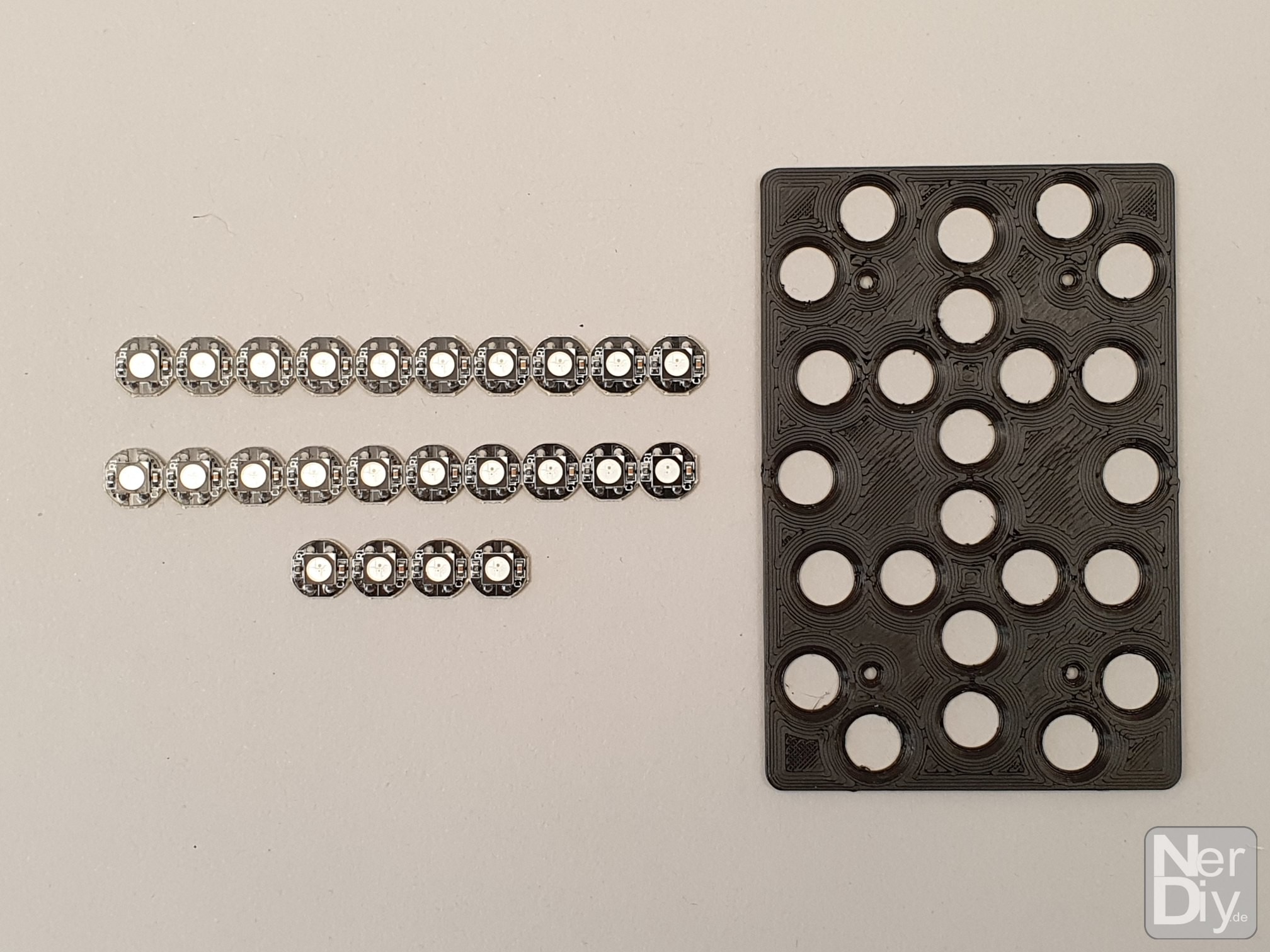
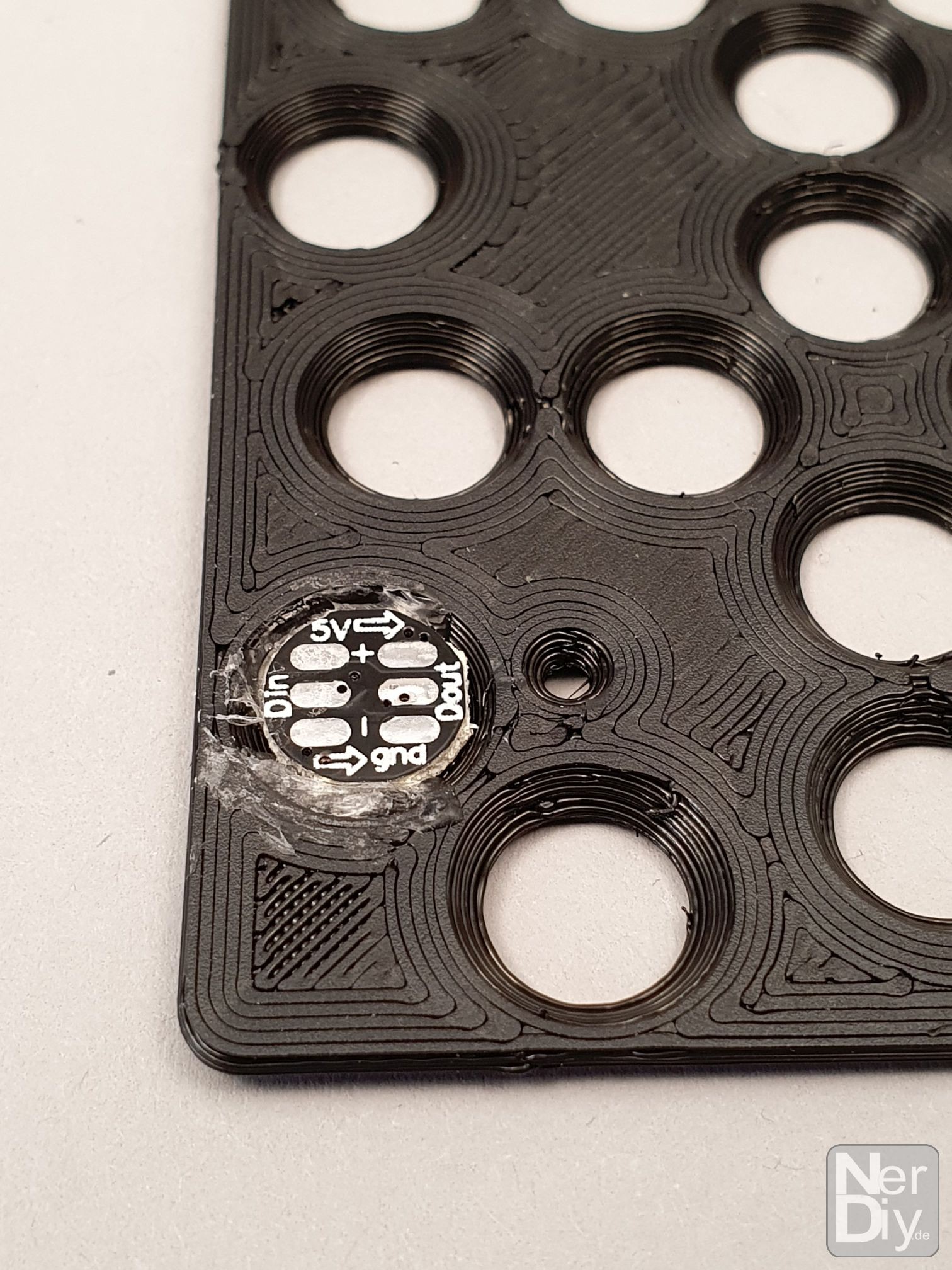
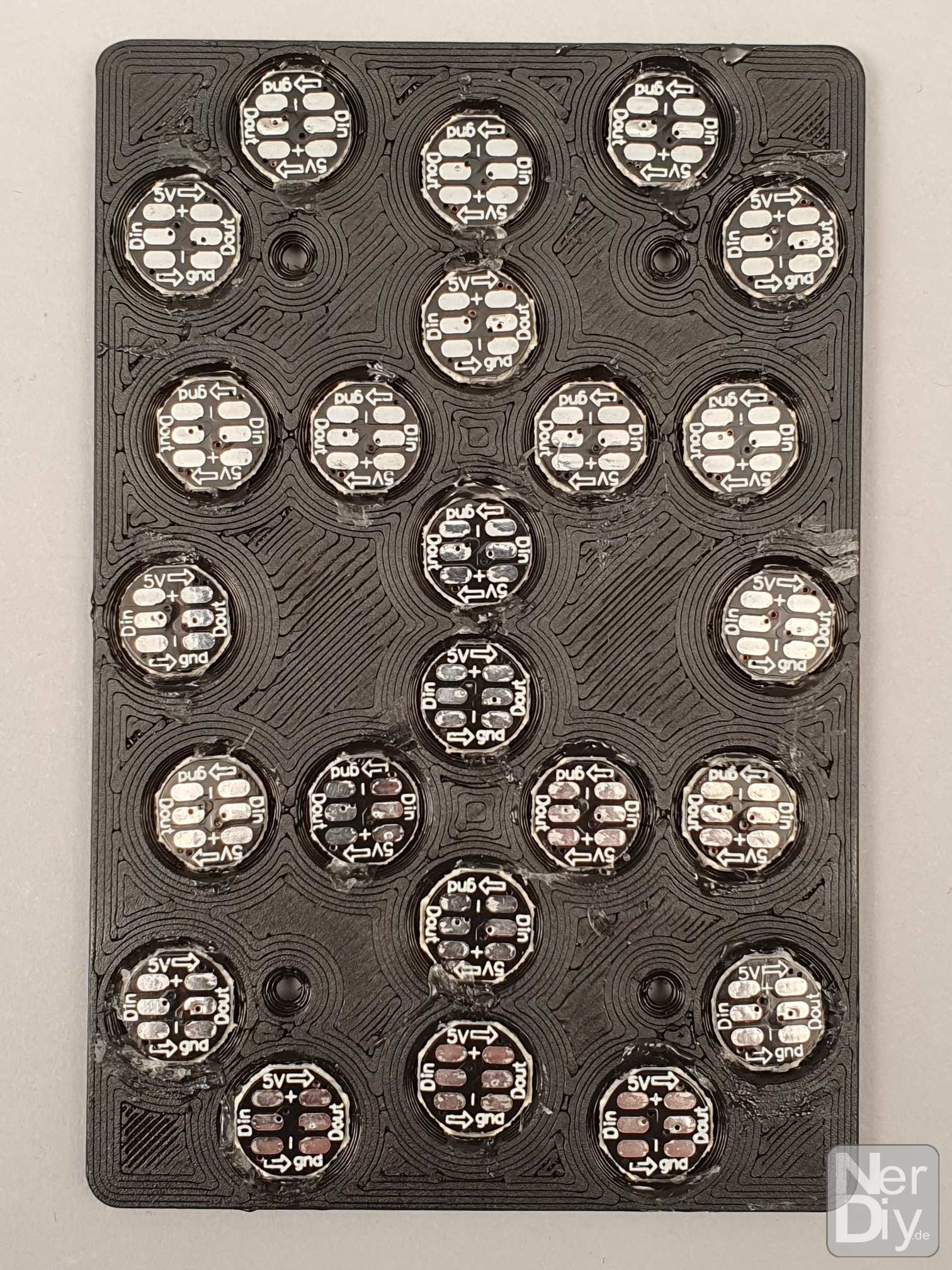
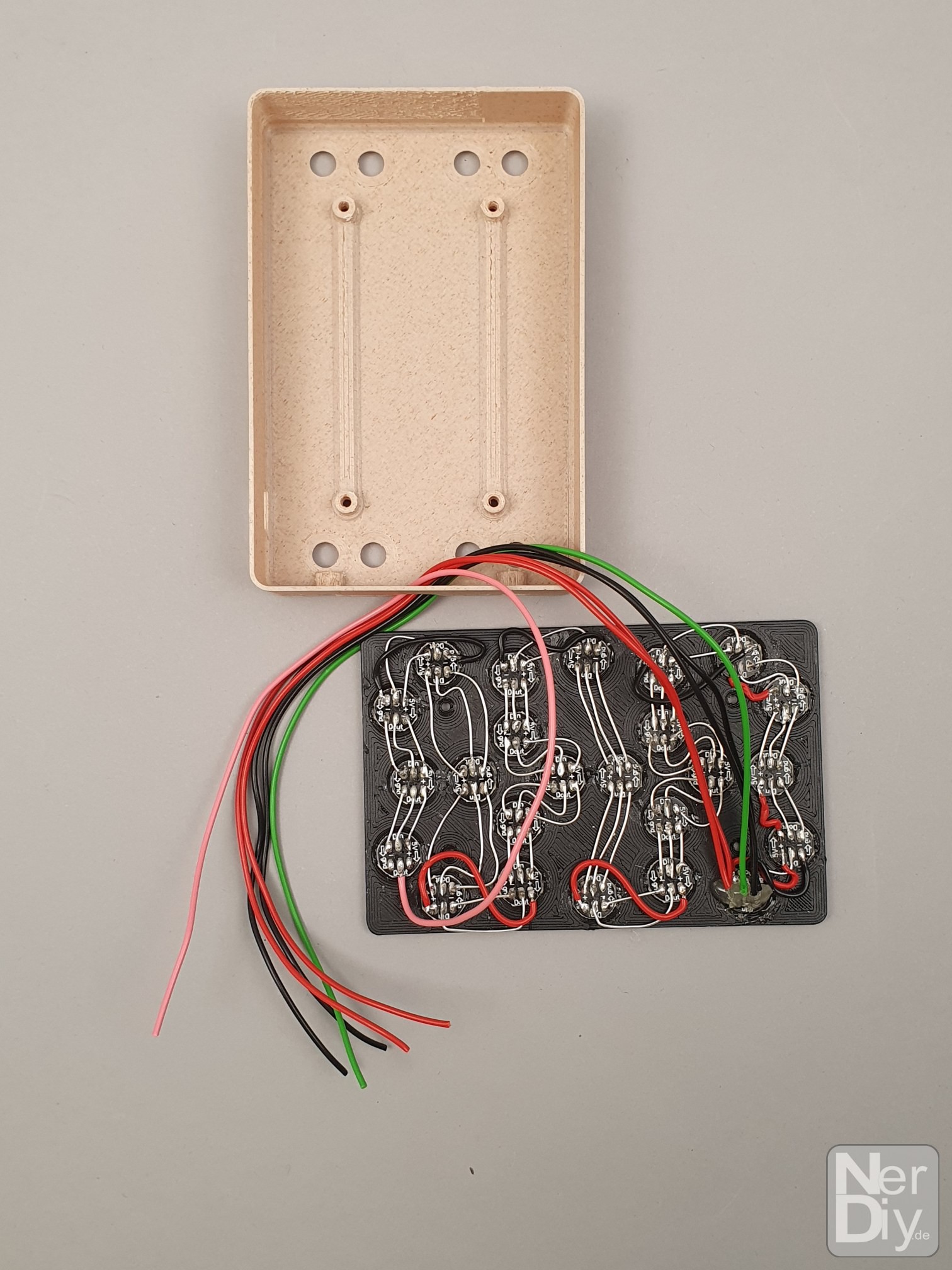
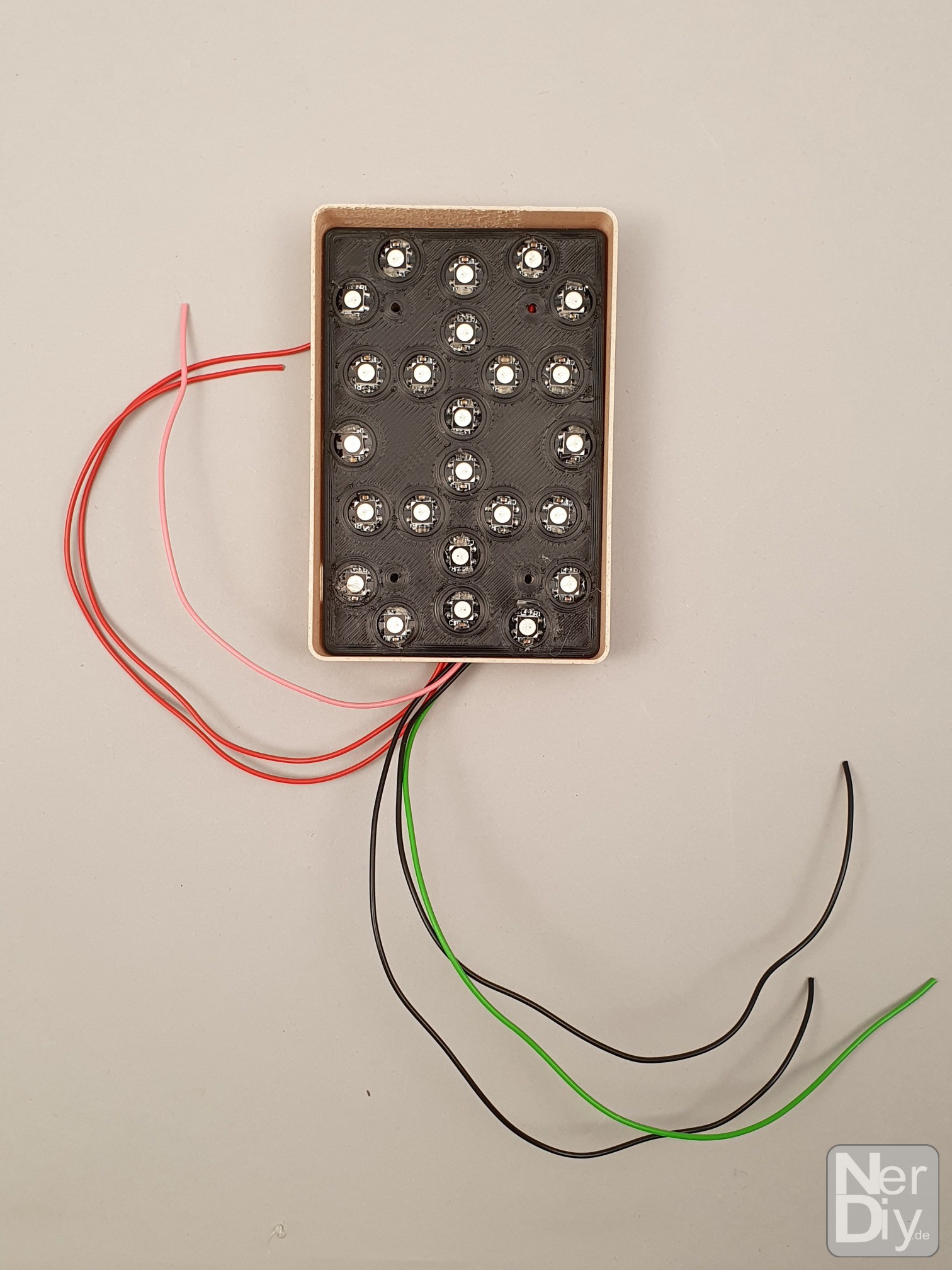
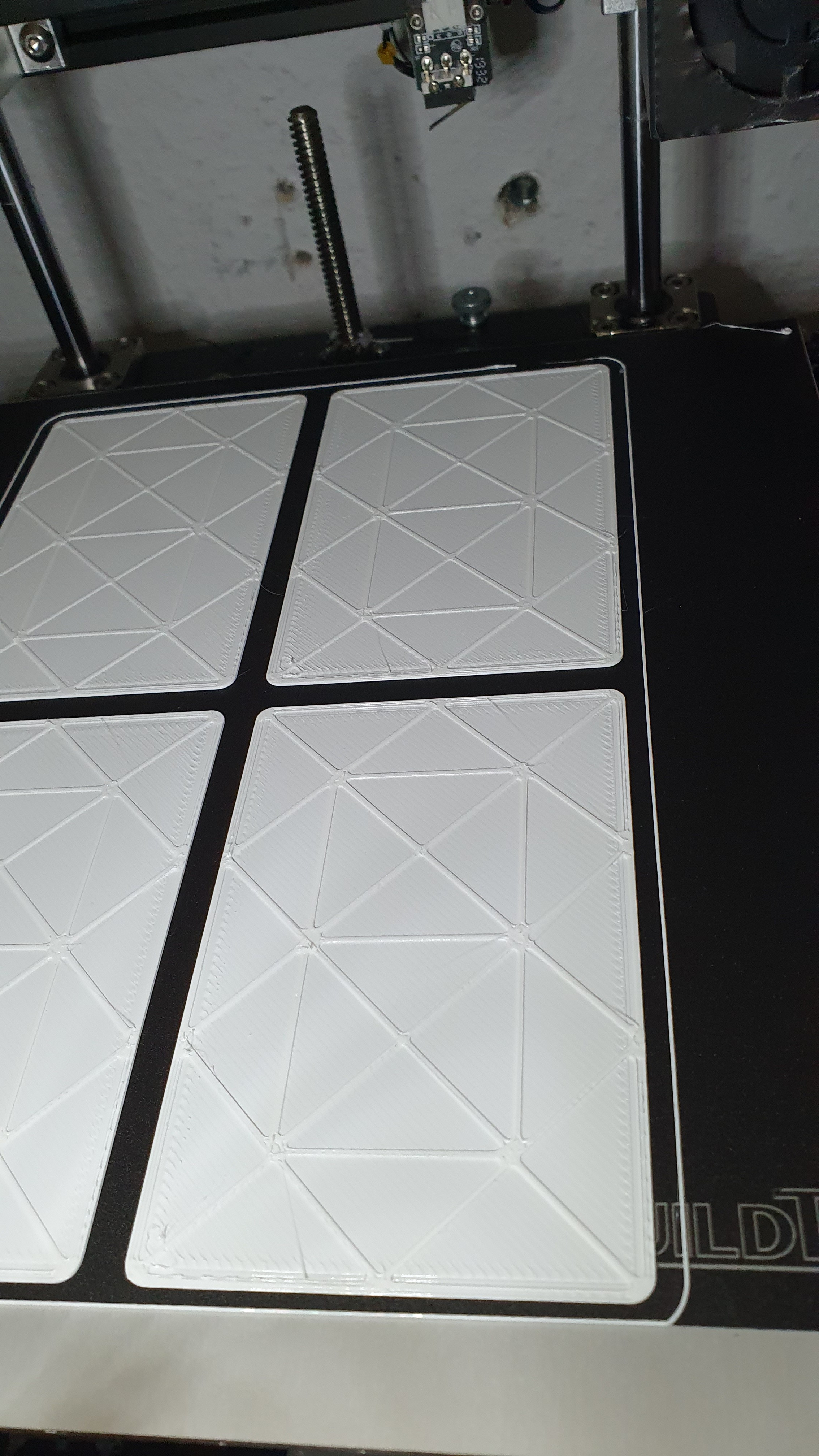
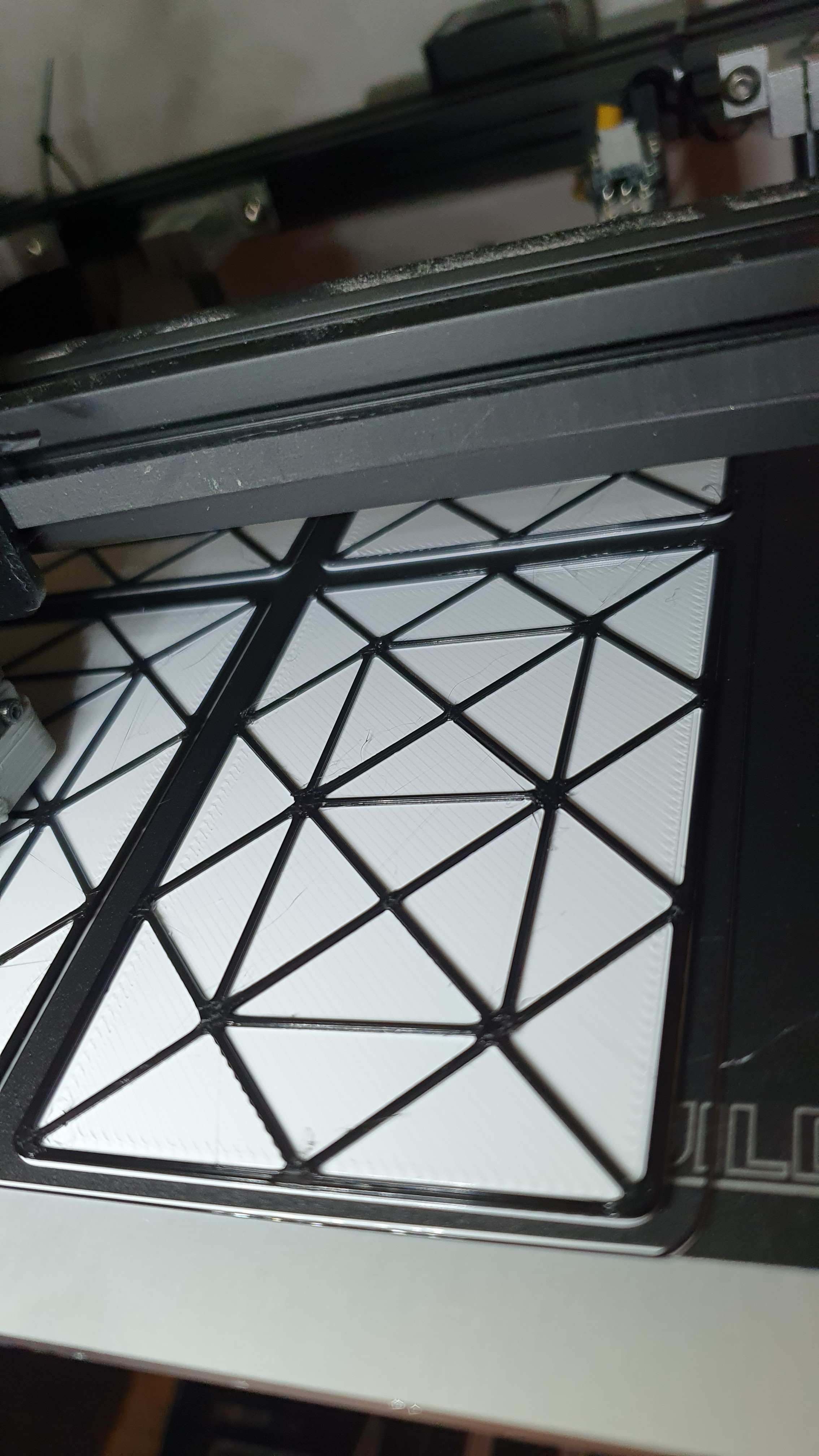
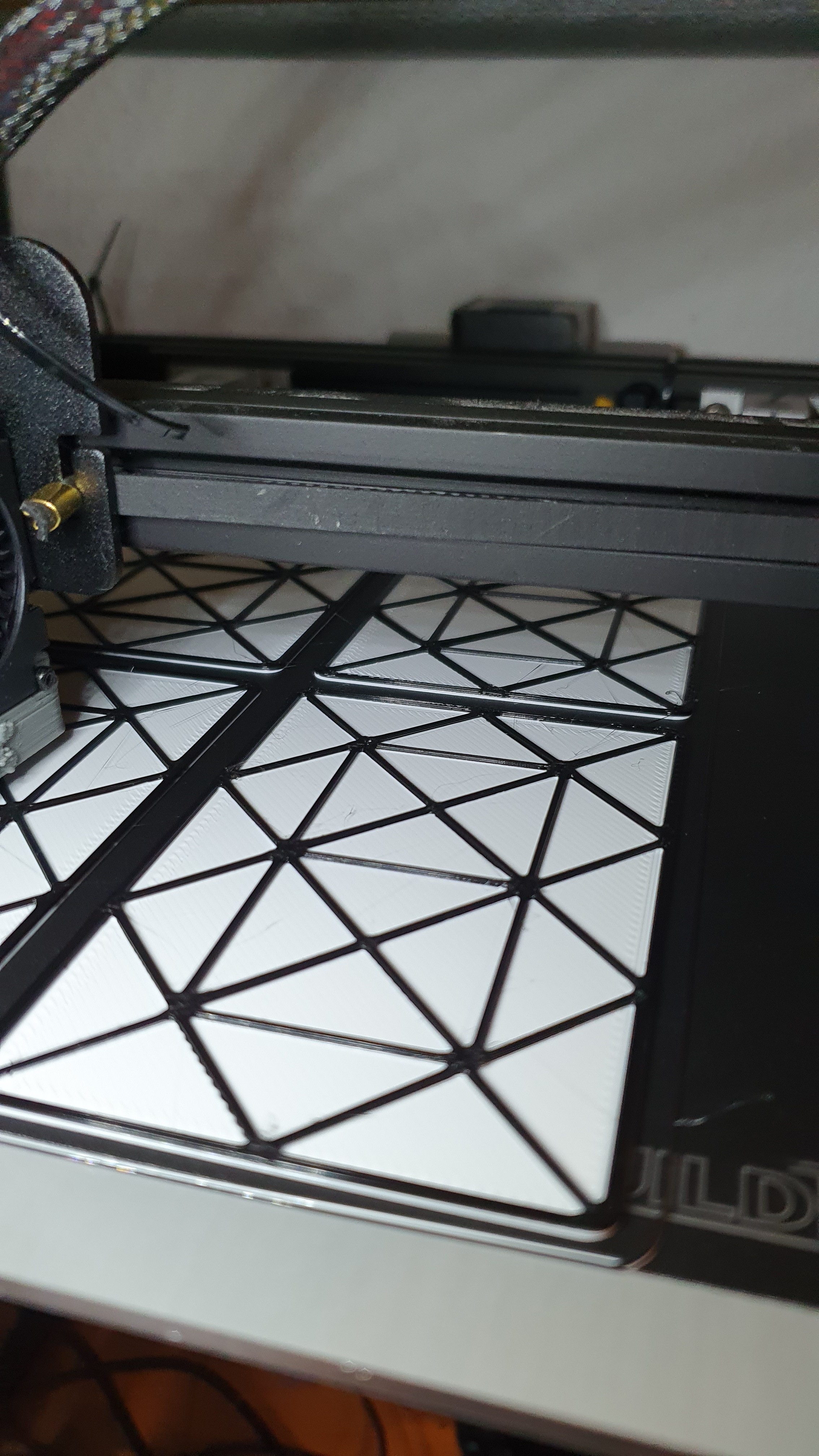
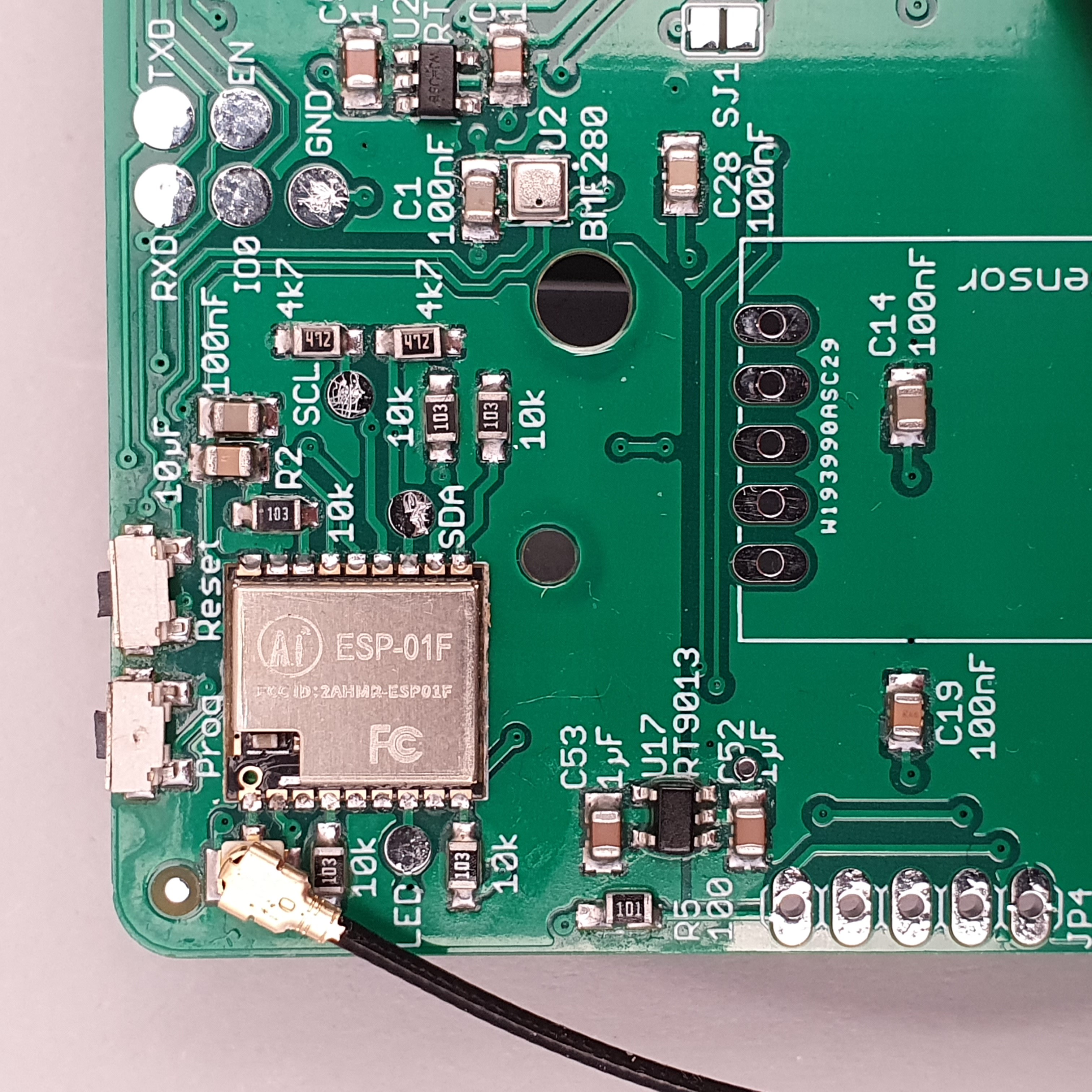
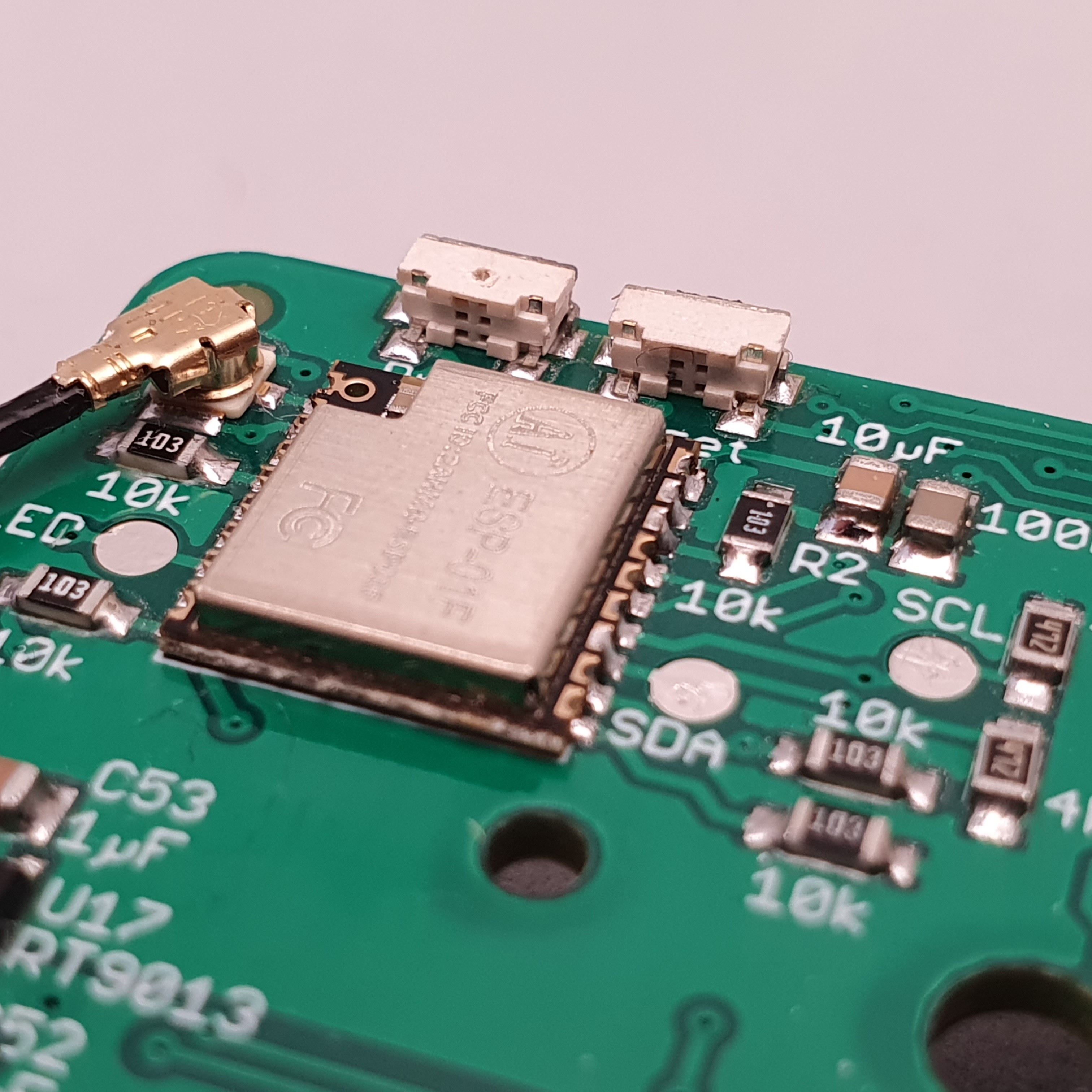
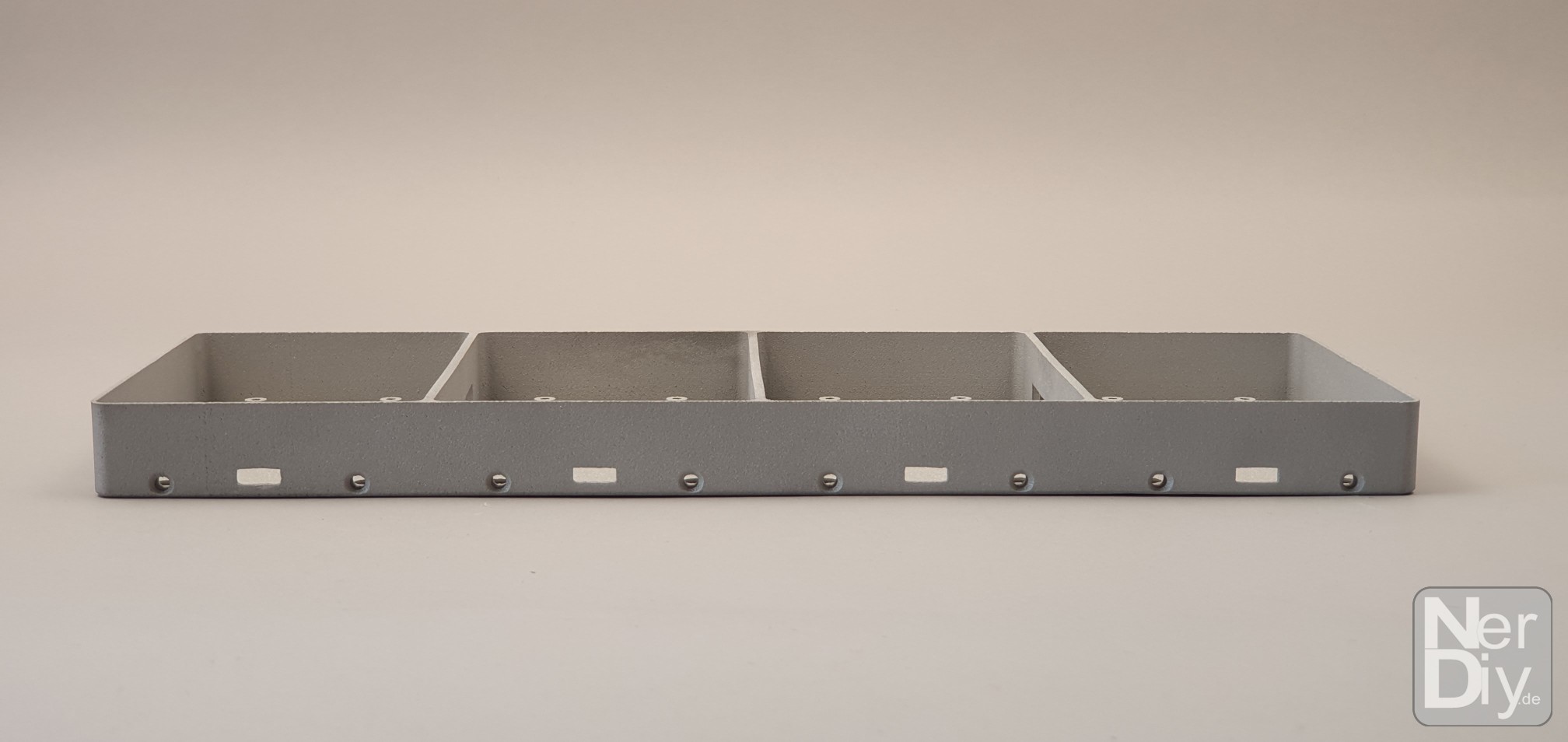
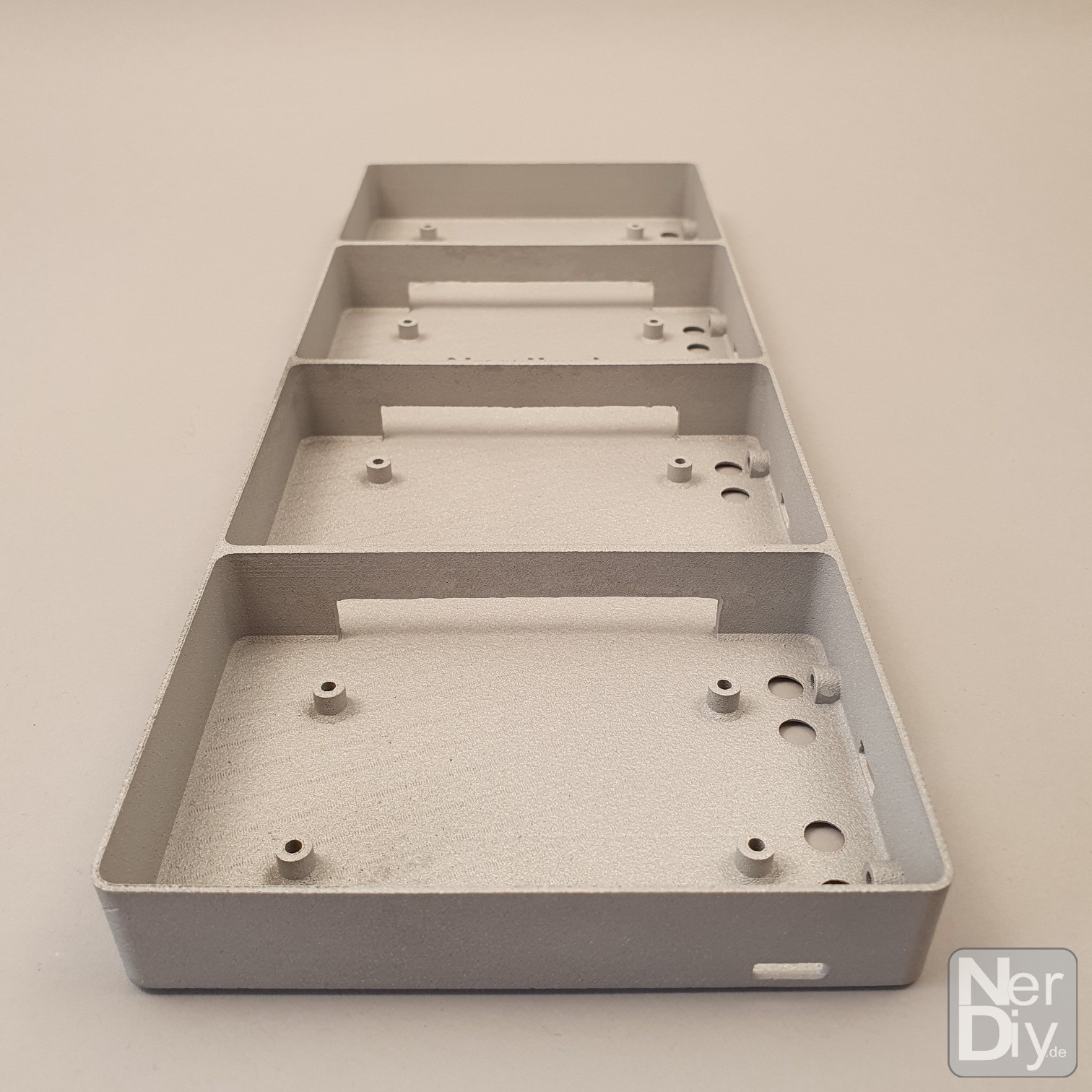
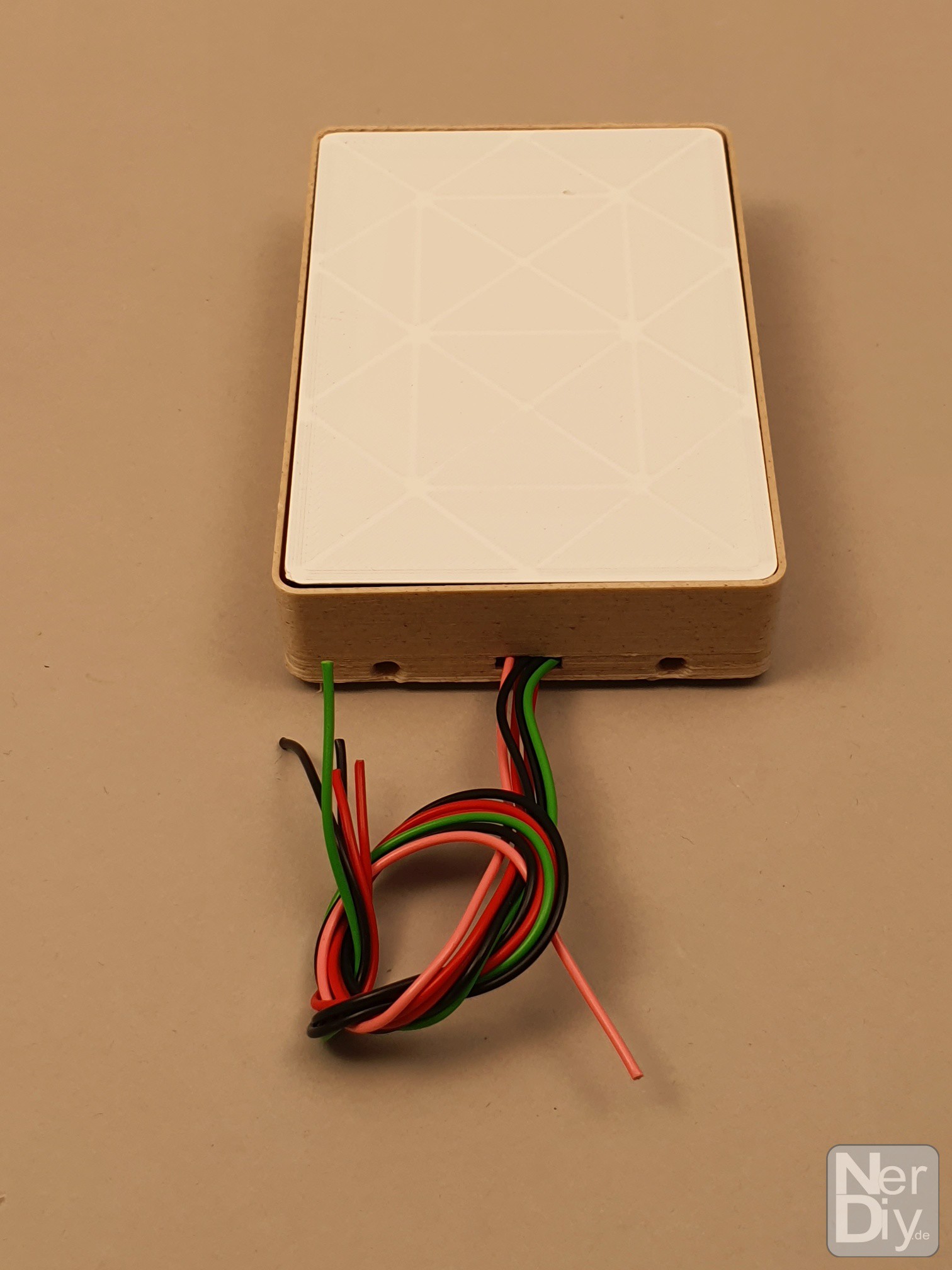
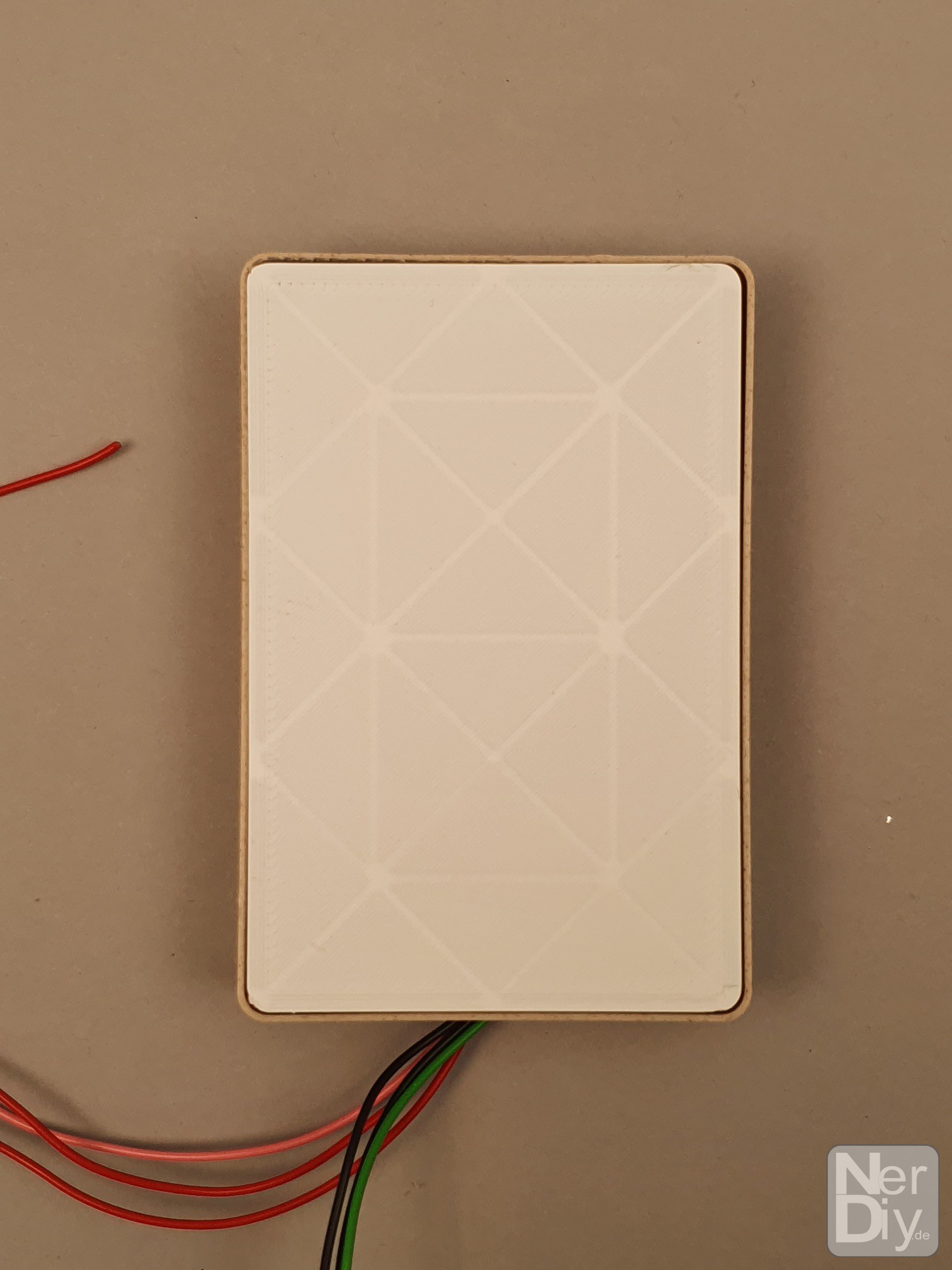



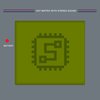

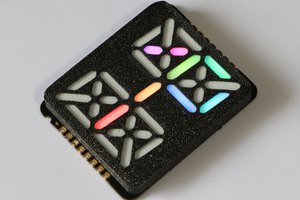
 Josue Alejandro
Josue Alejandro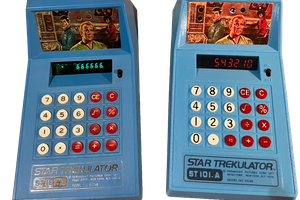
 Michael Gardi
Michael Gardi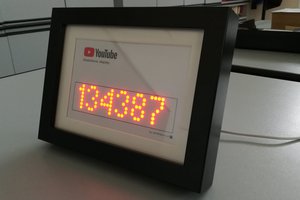
 antiElectron
antiElectron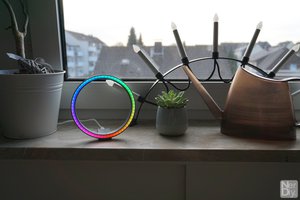
Wow, this project puts mine to shame. This is really cool and really well done.